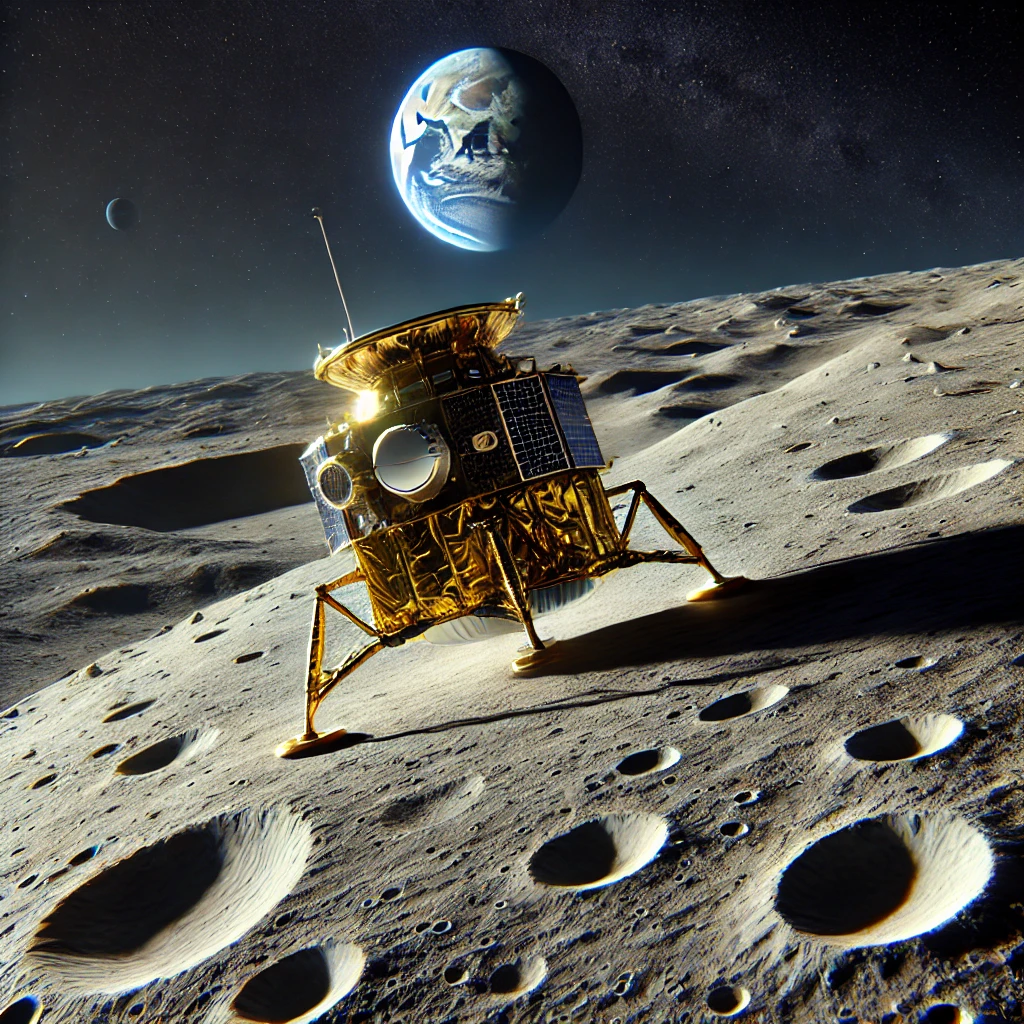India’s space exploration has taken a significant leap forward in October 2024 with two major developments: the inauguration of Asia’s largest Cherenkov telescope, MACE, and the crucial preparations for the Gaganyaan mission test flight. These milestones underscore the nation’s growing prowess in both observational astronomy and manned space missions, setting a strong foundation for future explorations.

MACE: Largest Imaging Cherenkov Telescope in Asia
On October 4, 2024, India inaugurated the Major Atmospheric Cherenkov Experiment (MACE) Observatory at Hanle, Ladakh, an achievement that is poised to accelerate the country’s research in high-energy cosmic phenomena. The telescope is not only the largest in Asia but also the highest in the world, standing at an impressive altitude of 4,300 meters above sea level. Developed by the Bhabha Atomic Research Centre (BARC) in collaboration with the Electronics Corporation of India Limited (ECIL), the observatory is a testament to India’s capabilities in indigenous space and astronomy projects.
MACE is designed to study gamma-ray emissions from celestial objects such as black holes, pulsars, and supernovae. This high-altitude observatory is expected to contribute significantly to global cosmic research, including studies of cosmic rays, which are crucial for understanding the fundamental processes of the universe.
The observatory’s strategic location in the cold desert of Hanle, Ladakh, provides it with the advantage of minimal light pollution and excellent atmospheric conditions, making it an ideal site for astronomical observations. The project reportedly cost around ₹45 crore ($5.4 million), funded by the Department of Atomic Energy (DAE)
Gaganyaan: India’s First Manned Space Mission
India’s ambitions extend beyond observational astronomy, as the Gaganyaan mission edges closer to reality. On October 21, 2024, the Indian Space Research Organisation (ISRO) will conduct a critical test flight to assess the mission’s Crew Module and emergency escape system, key elements designed to ensure astronaut safety. This uncrewed test is part of India’s larger goal to send Indian astronauts into space by 2025, making the country the fourth to achieve independent human spaceflight capabilities after the U.S. , Russia, and China.
The Gaganyaan project, which translates to “celestial vehicle,” represents India’s first foray into manned space exploration. It is a significant step forward, and while the mission has faced delays due to the COVID-19 pandemic, ISRO is back on track. The total projected cost for the mission is estimated at around ₹10,000 crore ($1.2 billion), with a substantial portion allocated to astronaut training, module development, and safety systems.
The upcoming test will simulate an emergency during the ascent phase, with the Crew Escape System (CES) designed to separate the crew module from the rocket and ensure a safe landing in case of failure. ISRO Chairman S. Somanath expressed confidence in the system, stating that this test will pave the way for further unmanned flights and, eventually, the crewed mission
India’s Space Ambitions: Looking Forward
With these projects, India is positioning itself as a major player in global space exploration. The Lupex mission, in collaboration with Japan, aims to land a rover at the Moon’s south pole to explore water resources, another crucial step toward India’s 2040 goal of human lunar exploration
These initiatives, combined with earlier successes like the Chandrayaan-3 and Aditya-L1 missions, highlight India’s growing influence in the space sector. The country is also making strides toward establishing its own space station by 2035, further solidifying its status as a space-faring nation.
With substantial investments and a clear roadmap for future missions, India’s space program is not only advancing scientific knowledge but also inspiring global cooperation and innovation.
By advancing both observational and manned space missions, India is not just reaching for the stars but becoming a vital part of the global space community.







